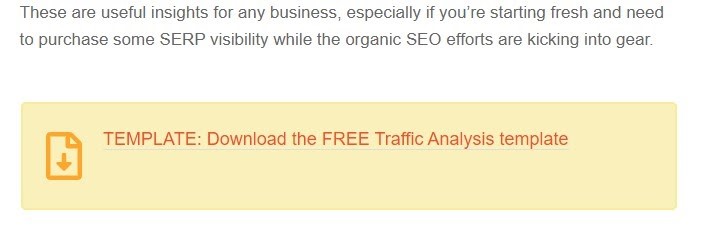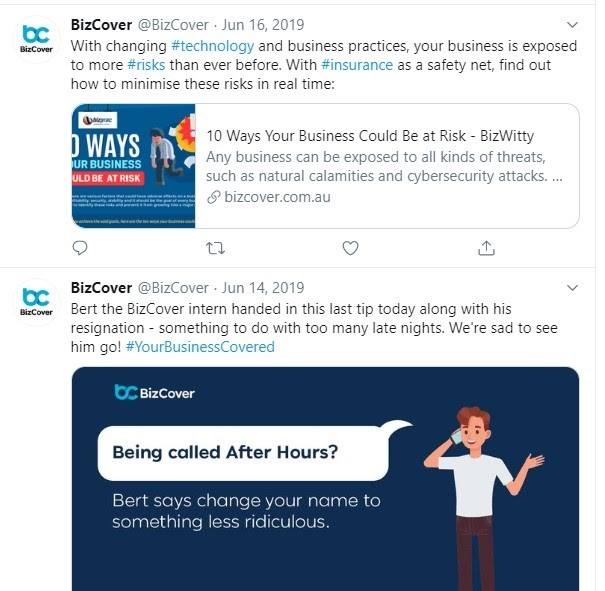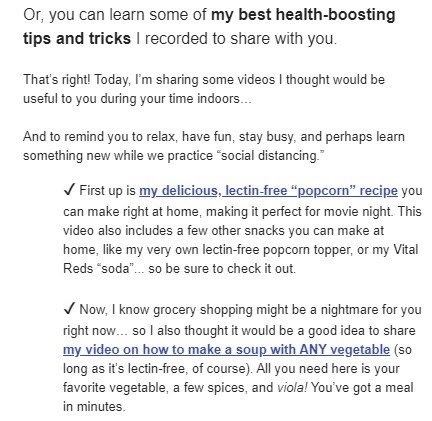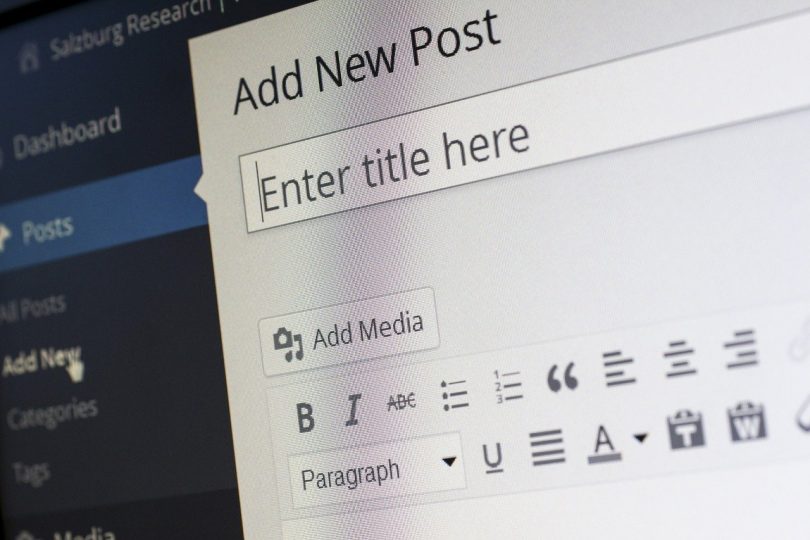One point of contention among copywriters and content writers is what’s classified as copy and what falls under content. A great definition of the difference between the two is that content helps you build an audience, while copy drives someone towards a desired action.
In that definition lies a kernel of commonality.
While copy and content might have seemingly different purposes, the words that support your business move your audience towards something else.
A Missed Opportunity
Too much content is well, content-like. It educates, informs or entertains someone without asking anything in return.
Often, the business behind that content doesn’t want anything in return. Education or entertainment can be brand-building, persuasive principles in their own right. When we don’t give our audience the choice to move onto somewhere next, we miss out on an opportunity.
If your content doesn’t signpost where a reader can further explore, that reader will wander off to the next tab in their browser, making you a distant memory in a matter of seconds. Actions can include viewing another video or blog or signing up for a mini-course.
To combat that, we need to sprinkle a dash of persuasion into our content.
Everything Is Copy
What do I mean by everything is copy?
Words that you use for your business — whether it’s on a sales page or a blog post — should always have a next step in mind.
Whatever you publish doesn’t need to close the sale. Only a fraction of your copy will be dedicated to hard selling. Every interaction a reader has with your copy or content should nudge them further into your business’s ecosystem. That might mean you give them the option to…
- Consume more content such as a video, podcast, or blog post
- Visit a website
- Follow you on social media or share a post
- Sign up to your email list
- Join an online community
- Book a call with someone
- Trial a product or demo
- Buy more of something or upgrade
Of course, WHERE your copy pops up also has a major influence. Let’s dive into the major copy mediums and see how it’s done.
Websites
Purpose: Serves different goals, from educating people about who you are to selling products or hosting your blog.
Your website is typically the nerve centre of online operations, so it’s different from single-minded mediums.
Your website is usually a signpost to content platforms like blogs or social media. Your website has to include sales-focused copy if you sell products. Your website is also an avenue where people can join your mailing list.
Landing Pages
Purpose: Can vary from asking people to join your mailing list, watch a video for educational purposes or surveying prospects to gather marketing data.
While some might see a landing page as part of a website, there’s one big difference, a landing page is single-minded in its purpose.
A good landing page never includes multiple next steps. Instead, it has a page goal that’s often focused on moving people into the business’s funnel. This can mean doing things like:
- Ask people to opt into an email list by giving them a lead magnet
- Answer a survey (which helps segment the type of prospects a business has)
- Watch a webinar that gives more information about a product or service
 This landing page’s goal is clear. It wants people to watch the video training… which they have to sign up for by email.
This landing page’s goal is clear. It wants people to watch the video training… which they have to sign up for by email.
(Source: inboundcloser.com)
Blogs
Purpose: Educate or entertain your readers.
Along with social media, blog posts or vlogs are considered the purest’ form of content. Even though their mission is to educate or entertain you can still give them a next step.
Like many landing pages, that next step could be to tempt them onto your email list. It could be as simple as giving them related content to browse.
 Robbie Richards writes long, insightful blogs that often offer templates and other resources for people who sign up to get email notifications from him.
Robbie Richards writes long, insightful blogs that often offer templates and other resources for people who sign up to get email notifications from him.
(Source: robbierichards.com)
Social Media
Purpose: to share snackable content with your audience.
Social media is perfect for sharing content with your audience that leaves them wanting more. It does this in two ways:
- Acting as a gateway for more in-depth content such as blog posts, guides or videos
- Giving readers bite-size content that encourages them to take a closer look at what you do, what you have to offer, or more of your content
 Social media gives you the flexibility to share content from other platforms, such as blogs or videos, as well as content made specially for the platform.
Social media gives you the flexibility to share content from other platforms, such as blogs or videos, as well as content made specially for the platform.
(Source: BizCover)
Emails
Purpose: can be used for different purposes, but are generally aimed at increasing engagement or getting sales.
Many still consider email to be THE way to reach their audience. Emails don’t have to sell a product or service. Even eCommerce brands, whose focus is all about sales, will often send out value-packed emails that put relationship-building first.
 Gundry MD sells different health supplements, but they often send emails with nothing but tips and advice for a healthy lifestyle.
Gundry MD sells different health supplements, but they often send emails with nothing but tips and advice for a healthy lifestyle.
(Source: Gundry MD)
A Word Of Warning
These are all fantastic examples of how everything is copy. But it’s important to remember that businesses need to actually sell.
Social media and landing pages might be considered the early steps in a person’s relationship with your business but they’re not the last. Emails and in-depth content can help deepen that relationship but even they’re not the final destination.
All of these things can be parts of the puzzle that make up your marketing funnel. Map out your customer-to-be’s path carefully but never forget that any time they see a message from your business. it’s always copy!







